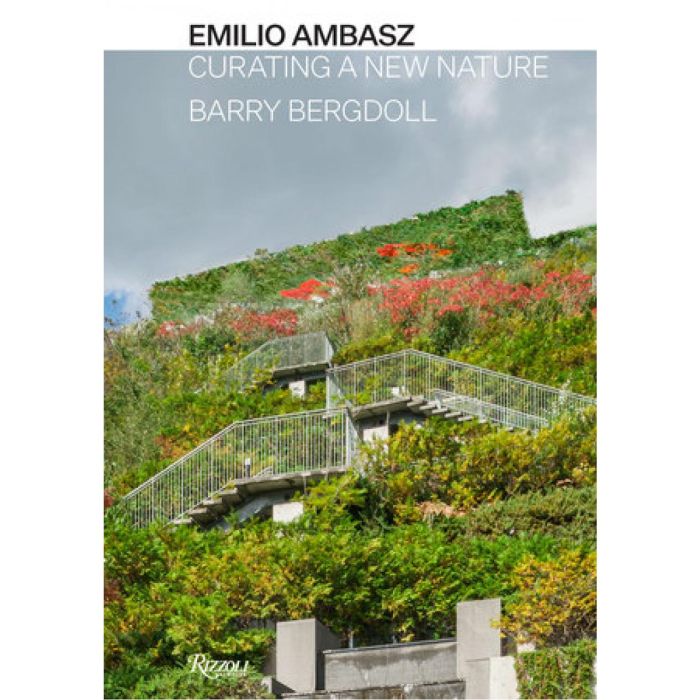My Cart
Your cart is empty
Looks like you haven't made your choice yet.
- Subtotal
Emilio Ambasz

Curating a New Nature
- Rizzoli
- by Barry Bergdoll
More Information
| Publisher | Rizzoli |
|---|---|
| ISBN | 9780847872060 |
| Author(s) | Barry Bergdoll |
| Publication date | October 2022 |
| Edition | Hardback |
| Dimensions | 298 x 210 mm |
| Illustrations | 150 col.ill. |
| Pages | 288 |
| Language(s) | English ed. |
